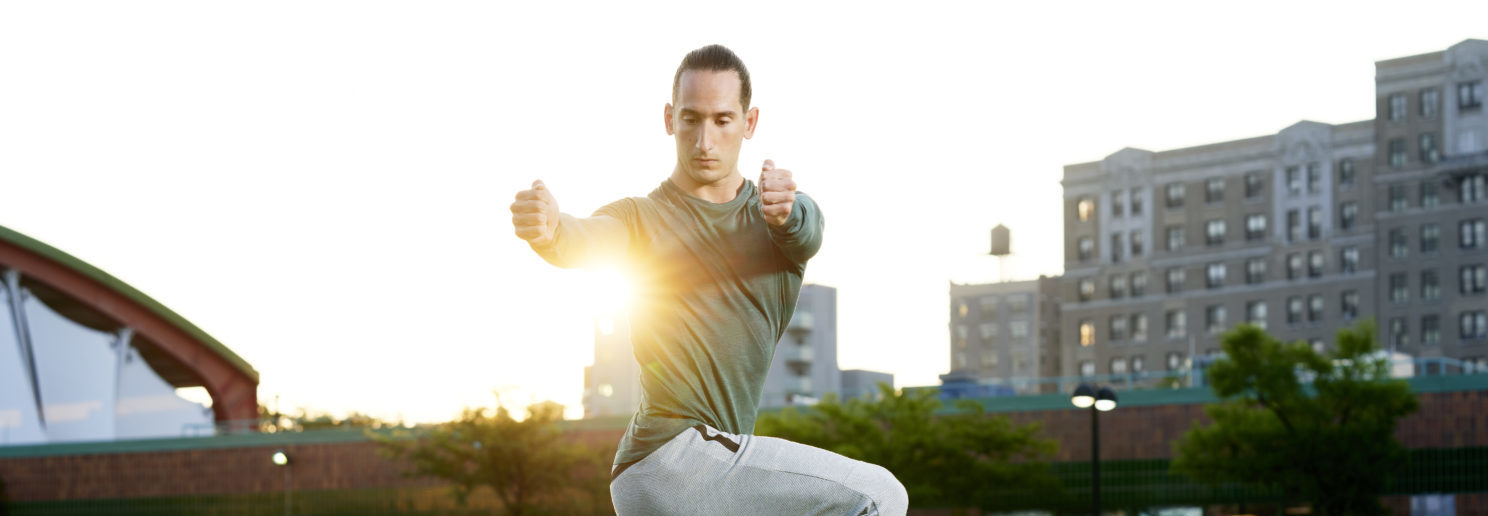My physical pursuit for life is to be well-rounded and durable. I’d like to remain as fit as I can to perform in the sports that I enjoy for as long as I’m on the earth.
I’m one year out from shoulder surgery and I just completed my first muscle up. (Original publication of this piece was March 6, 2022) For some, that’s nothing, to others, it’s impressive. To me, that’s a very strong signal that I’ve gotten healthy again and I’m able to be more dynamic with how I move. I won’t be doing any of those at volume, but it’s nice to know I have that survival skill back. And it will indirectly carry over into to my bodyboarding.
I’ve also returned to my normal weight and body composition. Lean, but holding slightly more body fat from a looser meal plan. My endurance is fair as I’ve never been much of an endurance athlete, but have slowly been moving in that direction over the last few years.
Related: The brain & body performance protocol
My belief or driving force for this program was that after nearly two decades of commitment, I was able to achieve and maintain a good level of well-rounded fitness. My programming became intuitive. After somewhat-recently getting injured, I couldn’t be intuitive anyone. It was back to square one. I needed to be prescription and even more disciplined.
The elements of this program include: running, lifting, rowing, swimming, stretching, and breathing.
Over the course of 6 weeks, the work varied a bit. Some runs were longer or shorter, some strength days had additional movements or heavier loads, or were lighter. If I were following this with a more specific sport oriented goal such as running longer distances, I’d scale back the strength training. If it were more for body composition, I’d run shorter distances but at higher intensities and focus more on strength training.

Sample Training Schedule
Day 1 – Running & Strength
Day 2 – Stability
Day 3 – Strength
Day 4 – Heart & Lungs
Day 5 – Recover
Day 6 – Endurance
Day 7 – Recover
Recovery days include multiple long walks, mobility, targeted physical therapy, infrared sauna or mat, percussion therapy, and contrast showers.
Every day standards: include morning and evening mobility, contrast shower, infrared mat, apnea training, and easy to moderate core training.
Note on apnea training
I’ll do CO2 tolerance and O2 deprivation. Sessions last around 15 – 20 minutes and are designed around my personal best for holding my breath. This practice has been beneficial in two ways. The first being that it’s a good alternative to meditation. Making it “breath training” which gives me a measurable goal has made it easier for me to be consistent, rather than simply, “do 5, 10, 20 minutes of meditation in the morning”. And secondly, I started this after noticing that when I spend extended time out of the ocean, it takes me too much time to acclimate. I decided breath training would simulate being in the water so when it’s time to jump back in, it feels as though I haven’t missed a beat.
Related: The daily wind down routine to do every night
The Return to Intuition Workouts (v1)
Day 1 – Running & Strength

5K run
5 rounds
5 muscle ups
5 l sit pull ups
5 toes to bar
Day 2 – Stability

6 rounds or sets
Perform as a circuit but with slow and controlled reps or as straight sets
10 cable chops
10 straight-arm pulldowns
10 stability ball roll outs
10 single-arm Z presses
10 rear foot elevated split squat
Day 3 – Strength

3-5 straight sets, 10 reps each, rest as needed
10 bird dogs
10 front squat
10 rear foot elevated split squat
10 alternating chest press
10 alternating bent over row
10 front raise
10 face pull
Day 4 – Heart & Lungs

4 rounds, as hard and fast as possible
500m row
1/4 mile run
5 max distance breath hold swim
Day 5 – Recover
3 long walks
Day 6 – Endurance

10K run
10 max distance breath hold swim
Day 7 – Recover
3 long walks

